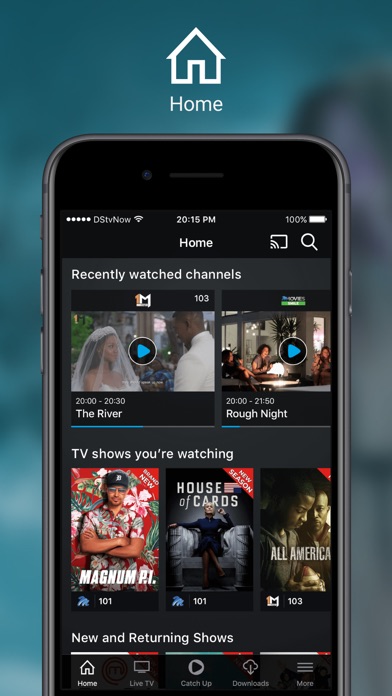

To start the emulator from the command line with a specified DNS server, use something like the following: C:\Users\jdoe\AppData\Local\Android\sdk\emulator\emulator.exe -avd Nexus_5X_API_25 -dns-server 8.8.8.8 On my computer it shows only one, Nexus_5X_API_25. The command C:\Users\jdoe\AppData\Local\Android\sdk\emulator\emulator.exe -list-avds will show the names of your AVDs. The second step is to determine the name of the AVD (emulator) that you want to run.
#Android emulator manager mac android#
Assuming a user name of “jdoe” and a default installation of Android Studio on Windows, the SDK is most likely in C:\Users\jdoe\AppData\Local\Android\sdk. The first step is to find where the SDK is located. Either might work below, but I use the one under sdk\emulator.

Note that there are two files named “emulator.exe” in the sdk - one under sdk\tools and another under sdk\emulator.
#Android emulator manager mac Offline#
Doing so will still make the emulator go offline as described above. However, it does not fix the problem that occurs when trying to run Android Device Monitor. The temporary solution outlined below fixes the problem with the emulator accessing the internet. Whatever problem occurred back then must have reappeared in the latest version of Android Studio. The problem seems to be that the emulator can’t find the DNS my computer is currently using, and the temporary workaround is to start the emulator from the command line and specify the DNS server. Note that this thread talks about Android SDK 2.3, not Android Studio 2.3. I found a temporary solution on an old Stack Overflow thread at Upgraded to SDK 2.3 – now no emulators have connectivity.


 0 kommentar(er)
0 kommentar(er)
